Mold vs Yeast: Complete Guide for Property Owners and Building Professionals
Discovering unknown fungal growth in your building can be alarming. Is that fuzzy substance on your wall dangerous mold or harmless yeast? Understanding the critical differences between mold and yeast is essential for property owners, facility managers, and building professionals who need to make informed decisions about indoor air quality and occupant safety.
As certified mold inspection experts with over 20 years of experience in Ontario and Quebec, Mold Busters has identified mold versus yeast in thousands of buildings. This comprehensive guide provides the professional insights you need to distinguish between these common fungi and understand their implications for your property.
What’s the Difference Between Mold and Yeast?

Mold and yeast are both fungi but differ significantly in structure, growth patterns, and building impact. Mold forms multicellular colonies with fuzzy, three-dimensional growth that can damage building materials and pose serious health risks. Yeast consists of single-celled organisms that create smooth, powdery surfaces and rarely threaten building integrity or occupant health.
| Characteristic | Mold | Yeast |
|---|---|---|
| Cell Structure | Multicellular hyphal networks | Single-celled organisms |
| Appearance | Fuzzy, cotton-like growth in various colors | Smooth, powdery, usually white or colorless |
| Texture | Furry, rough to touch | Smooth, slippery when wet |
| Building Risk | High – damages materials, health hazard | Low – minimal building impact |
| Professional Action | Requires immediate professional inspection | Usually manageable with standard cleaning |
Worried About Mold? Get a Free Inspection!
Mold can be a hidden hazard in your home, difficult to identify and dangerous to your health. Don’t let it go unchecked! Contact Mold Busters for a free virtual mold inspection. Our experts are ready to provide you with a comprehensive assessment and a plan to tackle any mold issue, ensuring your home is safe and healthy. Act now to protect your space!
Book Your Free Virtual Inspection NowHow Do Mold and Yeast Differ in Cell Structure and Biology?
Understanding the fundamental biological differences between mold and yeast helps property owners recognize potential threats and take appropriate action for building safety.

Yeast: Unicellular fungal organisms
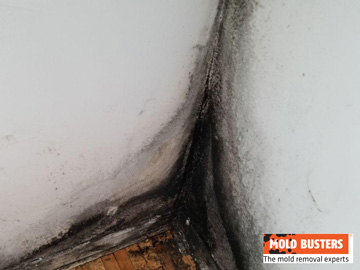
Mold: Complex multicellular fungal colonies
What Makes Yeast Structurally Unique?
Yeast exhibits unicellular structure with each oval cell functioning as a complete organism. Saccharomyces cerevisiae, the most common species, reproduces through budding where new cells separate to form genetically identical organisms. This simple structure makes yeast easy to control in building environments and explains why it rarely creates the extensive contamination patterns seen with mold growth.
- Cellular Organization: Single-celled structure with complete metabolic functions in each cell
- Reproduction Method: Asexual budding creates identical daughter cells
- Growth Pattern: Individual cells or simple chains, no complex structures
- Building Impact: Limited penetration into building materials
- Professional Assessment: Rarely requires specialized testing services
Video: Mold vs. Yeast
How Does Mold’s Complex Structure Create Building Problems?
Mold develops sophisticated multicellular networks called hyphae that penetrate building materials, creating extensive root-like systems. Species like Stachybotrys chartarum form visible colonies while spreading invisible hyphal networks through drywall, wood, and insulation. This complex structure enables mold to cause structural damage and create health hazards that require professional remediation.
- Hyphal Networks: Thread-like structures penetrate deep into building materials
- Colony Formation: Visible growth represents only surface portion of extensive contamination
- Spore Production: Specialized structures release airborne spores throughout buildings
- Material Degradation: Enzymes break down cellulose in wood and paper-based materials
- Professional Requirements: Complex structure necessitates specialized removal techniques
What Roles Do Mold and Yeast Play in Food Production?
Both mold and yeast serve important roles in commercial food production, but their building requirements and contamination risks differ significantly for facility managers.
How Is Yeast Used Beneficially in Commercial Food Production?
Yeast serves essential roles in commercial food production through controlled fermentation processes. Saccharomyces cerevisiae converts sugars into alcohol and carbon dioxide, making it indispensable for bread baking, beer brewing, and wine production. Commercial food facilities require specialized building designs with precise temperature and humidity control to maintain optimal yeast activity while preventing contamination from harmful microorganisms.
- Bread Production: Creates carbon dioxide for dough rising and flavor development
- Alcoholic Beverages: Ferments sugars to produce ethanol in controlled environments
- Building Requirements: Food facilities need specialized air quality control
- Quality Control: Regular testing ensures beneficial yeast strains remain pure
What Food Production Roles Does Mold Play?
Certain mold species contribute to specialty food production under strictly controlled conditions. Penicillium roqueforti creates blue cheese flavors, while Aspergillus oryzae ferments soybeans for soy sauce production. However, these beneficial applications occur in specialized facilities with extensive contamination controls, unlike the destructive mold growth that threatens residential and commercial buildings.
- Cheese Production: Specific mold strains create distinctive flavors and textures
- Asian Fermentation: Controlled mold fermentation produces soy sauce and miso
- Facility Design: Requires containment systems preventing cross-contamination
- Building Separation: Production areas isolated from general building environments
What Are the Health Effects of Mold vs Yeast Exposure?
Understanding the health implications of mold versus yeast exposure helps building owners prioritize safety measures and professional interventions appropriately.
What Health Risks Does Yeast Exposure Present?
Yeast exposure in typical building environments presents minimal health risks for most occupants. Candida albicans can cause problems when overgrowth occurs in human systems, but building-related yeast exposure rarely creates significant health concerns. Some individuals may experience allergic reactions to nutritional yeast in food processing environments, but these cases are uncommon and generally mild.
- Low Building Risk: Minimal health impact from environmental yeast exposure
- Allergic Reactions: Rare allergic responses in sensitive individuals
- Management Approach: Standard cleaning and ventilation usually sufficient
- Professional Assessment: Rarely requires specialized inspection services
What Serious Health Risks Does Mold Create?
Mold exposure in buildings creates significant health risks ranging from allergic reactions to life-threatening respiratory conditions. Toxic mold species like Stachybotrys chartarum produce mycotoxins that cause severe neurological symptoms, organ damage, and immune system suppression. Children, elderly occupants, and immunocompromised individuals face heightened risks requiring immediate professional intervention when mold contamination occurs.
- Respiratory Effects: Asthma, chronic cough, and lung inflammation
- Neurological Symptoms: Memory problems, concentration difficulties, and mood changes
- Vulnerable Populations: Children and elderly face severe complications
- Professional Response: Immediate remediation services essential

Did you know?
Only 12% of homes we tested didn’t have any presence of mold?! Find out more exciting mold stats and facts inside our mold statistics page.
How Can You Professionally Identify Mold vs Yeast?
Professional identification techniques help distinguish between these fungi to determine appropriate response measures and protect building occupants.
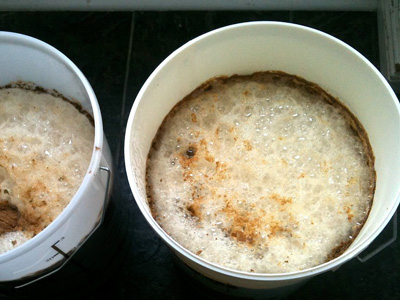
Yeast fermentation showing typical smooth appearance

Black mold growth showing characteristic fuzzy texture
What Visual Characteristics Distinguish Yeast?
Professional yeast identification focuses on smooth, powdery growth patterns that lack the three-dimensional structure characteristic of mold colonies. Yeast appears as thin films or patches that feel slippery when wet and smooth when dry. In building environments, yeast typically shows minimal color variation, appearing white, cream, or completely colorless, making it easily distinguishable from the vibrant colors common in mold species.
- Texture Assessment: Smooth surface without fuzzy or raised growth patterns
- Color Identification: Limited color range, typically white or colorless
- Growth Pattern: Thin, film-like coverage rather than raised colonies
- Professional Testing: Laboratory analysis confirms species when necessary
How Do Professionals Identify Dangerous Mold?
Professional mold identification requires specialized expertise due to toxic species that threaten building integrity and occupant health. Mold’s characteristic musty odor often provides initial detection clues, followed by visual assessment of fuzzy, three-dimensional growth in various colors including dangerous black species.
- Advanced Detection: Air quality testing identifies spores before visible growth
- Species Identification: Laboratory analysis determines toxicity levels and health risks
- Moisture Assessment: Professional equipment measures moisture levels supporting growth
- Contamination Mapping: Comprehensive inspection reveals extent of contamination
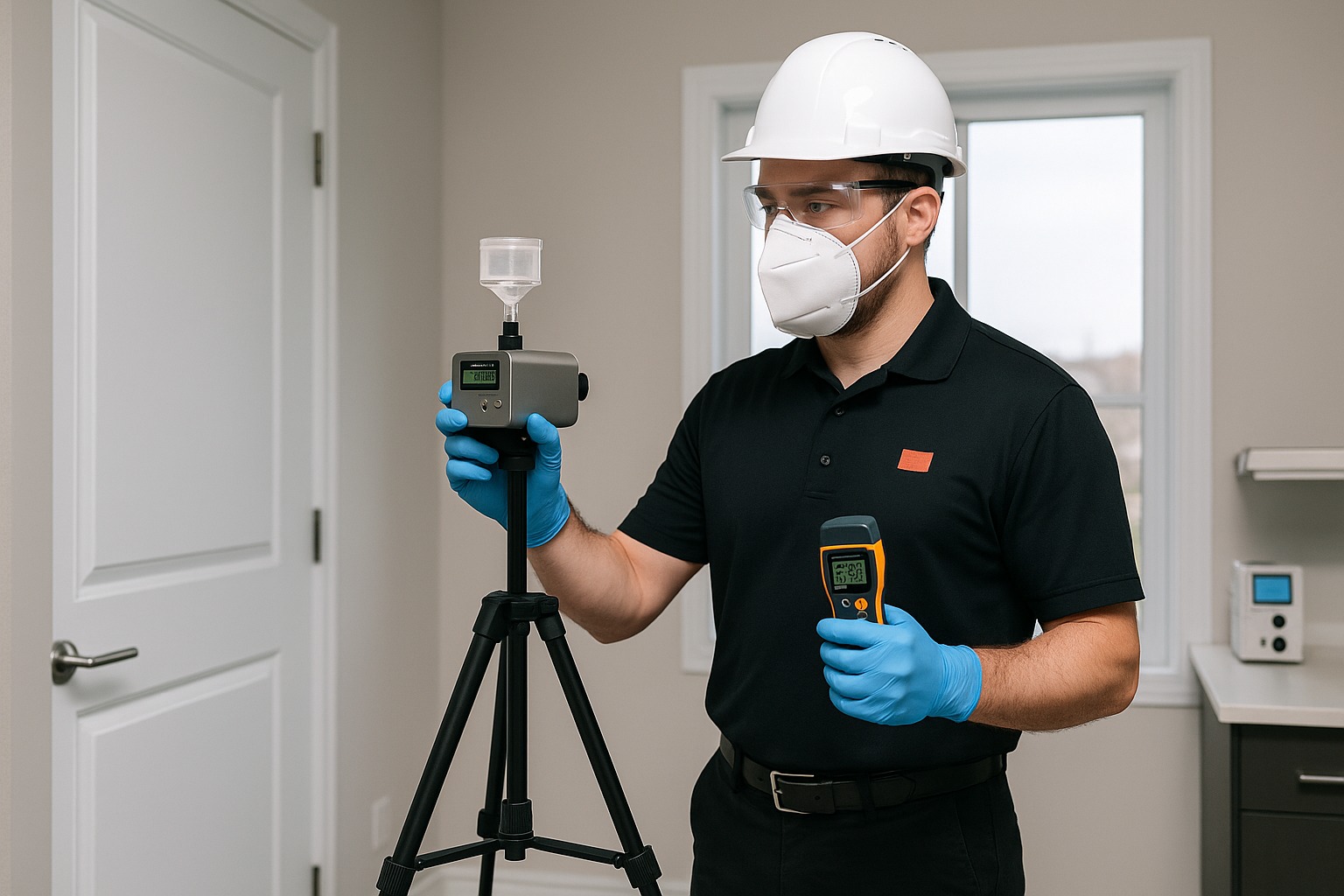
Professional air quality testing – the most accurate method for mold detection
Where Do Mold and Yeast Grow in Buildings?
Understanding growth locations helps property managers implement targeted prevention strategies and identify potential problem areas before contamination develops.

Natural yeast on fruit – common in food processing areas
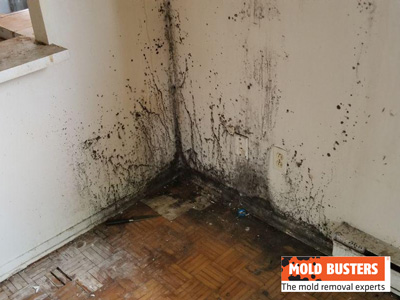
Mold growth on building walls – typical moisture damage pattern
What Building Locations Support Yeast Growth?
Yeast growth in buildings typically concentrates in food preparation areas, commercial kitchens, breweries, and anywhere fermentation processes occur. Unlike mold, yeast rarely colonizes standard building materials like drywall or wood framing. Instead, it grows on surfaces containing sugars or organic matter, making it primarily a concern in specialized facilities rather than general building environments.
- Food Service Areas: Commercial kitchens and food processing facilities
- Beverage Production: Breweries, wineries, and distillation facilities
- Cleaning Requirements: Regular sanitation prevents problematic accumulation
- Professional Assessment: Consultation available for persistent issues
What Building Areas Are Vulnerable to Mold Growth?
Mold threatens multiple building systems and materials, requiring comprehensive professional assessment to identify all contamination sources. Basement environments, bathroom areas, and attic spaces create ideal conditions for extensive mold colonization that can spread throughout building systems.
- High-Risk Areas: Basements, bathrooms, and areas with plumbing leaks
- HVAC Systems: Ductwork contamination spreads spores building-wide
- Climate Factors: Ontario and Quebec humidity creates optimal growth conditions
- Professional Detection: Thermal imaging reveals hidden moisture
What Treatment Approaches Work for Mold vs Yeast?
Different treatment strategies are required for mold versus yeast contamination, with mold requiring immediate professional intervention while yeast often responds to standard cleaning protocols.
How Should You Manage Yeast Growth?
Yeast management focuses on sanitation and moisture control rather than extensive remediation procedures. Standard cleaning protocols with appropriate disinfectants effectively remove yeast growth, while improved ventilation prevents recurrence. Unlike mold situations, yeast problems rarely require professional remediation services or specialized containment procedures.
- Cleaning Protocols: Standard disinfectants effectively remove yeast growth
- Moisture Management: Improved ventilation prevents favorable conditions
- Environmental Controls: Temperature and humidity management in food facilities
- Health Monitoring: Track sensitive individuals for allergic reactions
Why Does Mold Require Professional Remediation?
Mold contamination requires immediate professional intervention due to health risks and structural damage potential. Professional mold removal involves containment procedures, specialized equipment, and safety protocols that prevent spore dispersal during cleanup. DIY attempts often worsen contamination by spreading spores throughout buildings without proper containment.
- Professional Assessment: Determines contamination extent and species identification
- Containment Procedures: Prevents spore dispersal during removal process
- Source Elimination: Addresses moisture problems preventing recurrence
- Post-Remediation Testing: Air quality verification ensures successful cleanup
Frequently Asked Questions: Mold vs Yeast
Can yeast turn into mold?
No, yeast cannot transform into mold as they represent distinct fungal categories with different cellular structures and growth patterns. Yeast remains unicellular throughout its lifecycle, while mold develops complex multicellular hyphal networks. However, environments supporting yeast growth often create conditions favorable for mold development, requiring professional assessment when fungal contamination appears in buildings.
Is yeast safer than mold in buildings?
Yes, yeast presents significantly lower health and building risks compared to mold contamination. Yeast rarely produces toxic compounds or causes structural damage, while many mold species generate dangerous mycotoxins and destroy building materials. Professional identification remains important since visual similarities can lead to misidentification of potentially dangerous mold species.
How quickly can mold spread compared to yeast?
Mold spreads much more rapidly than yeast due to airborne spore production and aggressive hyphal growth patterns. Mold colonies can double in size within 24-48 hours under optimal conditions, while yeast growth remains localized and slower. This rapid mold spread makes immediate professional intervention critical when contamination occurs in buildings.
What kills mold but not beneficial yeast?
Professional mold remediation uses targeted approaches that eliminate pathogenic mold while preserving beneficial microorganisms. However, most effective mold treatments will also affect yeast populations. Professional assessment determines appropriate treatment strategies based on specific contamination patterns and building requirements.
Can home testing distinguish between mold and yeast?
Home testing kits cannot reliably distinguish between mold and yeast species or determine health risks associated with specific contamination. Professional laboratory analysis provides definitive identification, species determination, and health risk assessment necessary for appropriate treatment decisions. Professional testing services ensure accurate results and proper remediation strategies.
When Should You Contact Mold Professionals?
Recognizing the warning signs that require immediate professional assessment can prevent minor issues from becoming major contamination problems requiring extensive remediation.
What Warning Signs Require Immediate Professional Assessment?
Immediate professional assessment becomes critical when occupants experience respiratory symptoms, detect musty odors, or observe visible fungal growth larger than 10 square feet. Any moisture intrusion events including plumbing leaks, roof damage, or flooding require professional evaluation within 24-48 hours to prevent extensive mold colonization throughout building systems.
- Health Symptoms: Respiratory problems, allergic reactions, or unexplained illness
- Visual Detection: Visible growth patterns or discoloration on surfaces
- Odor Detection: Musty, earthy smells indicating hidden contamination
- Moisture Events: Any water intrusion requiring immediate professional response
What Professional Services Does Mold Busters Provide?
Mold Busters delivers comprehensive mold assessment and remediation services throughout Ontario and Quebec, combining 20 years of industry experience with advanced diagnostic equipment and certified remediation protocols. Our professional team provides everything from initial virtual inspections to complete remediation projects, ensuring buildings return to safe, healthy conditions.
- Comprehensive Testing: Air quality analysis and species identification
- Advanced Diagnostics: Thermal imaging reveals hidden moisture
- Geographic Coverage: Serving Ottawa, Montreal, and surrounding areas
- Prevention Programs: Ongoing monitoring and maintenance services
Professional Conclusion: Protecting Your Building and Health
Understanding the critical differences between mold and yeast enables property owners and building professionals to make informed decisions about fungal contamination. While yeast generally presents minimal building and health risks, mold contamination requires immediate professional intervention to protect occupant safety and prevent structural damage.
Time-sensitive action prevents escalation from minor moisture issues to extensive contamination requiring structural repairs and prolonged building closure. Early professional intervention protects both immediate occupant health and long-term property value through targeted prevention and remediation strategies.
Schedule Your Consultation Learn About Our ServicesProfessional Resources and Industry Standards
- Introduction to Mycology – National Center for Biotechnology Information
- Yeast Classification and Biology – Britannica Encyclopedia
- Comprehensive Health Effects Guide – Professional Assessment Standards
- Professional Building Inspection Protocols – Industry Best Practices
- Environmental Factors in Mold Development – Prevention Strategies
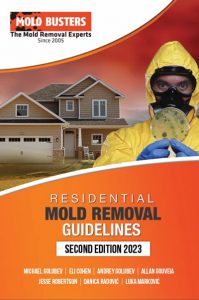
Get Special Gift: Industry-Standard Mold Removal Guidelines
Download the industry-standard guidelines that Mold Busters use in their own mold removal services, including news, tips and special offers:
"*" indicates required fields
Published: May 18, 2020 Updated: August 7, 2025

Written by:
John Ward
Account Executive
Mold Busters
Fact checked by:
Michael Golubev
CEO
Mold Busters
